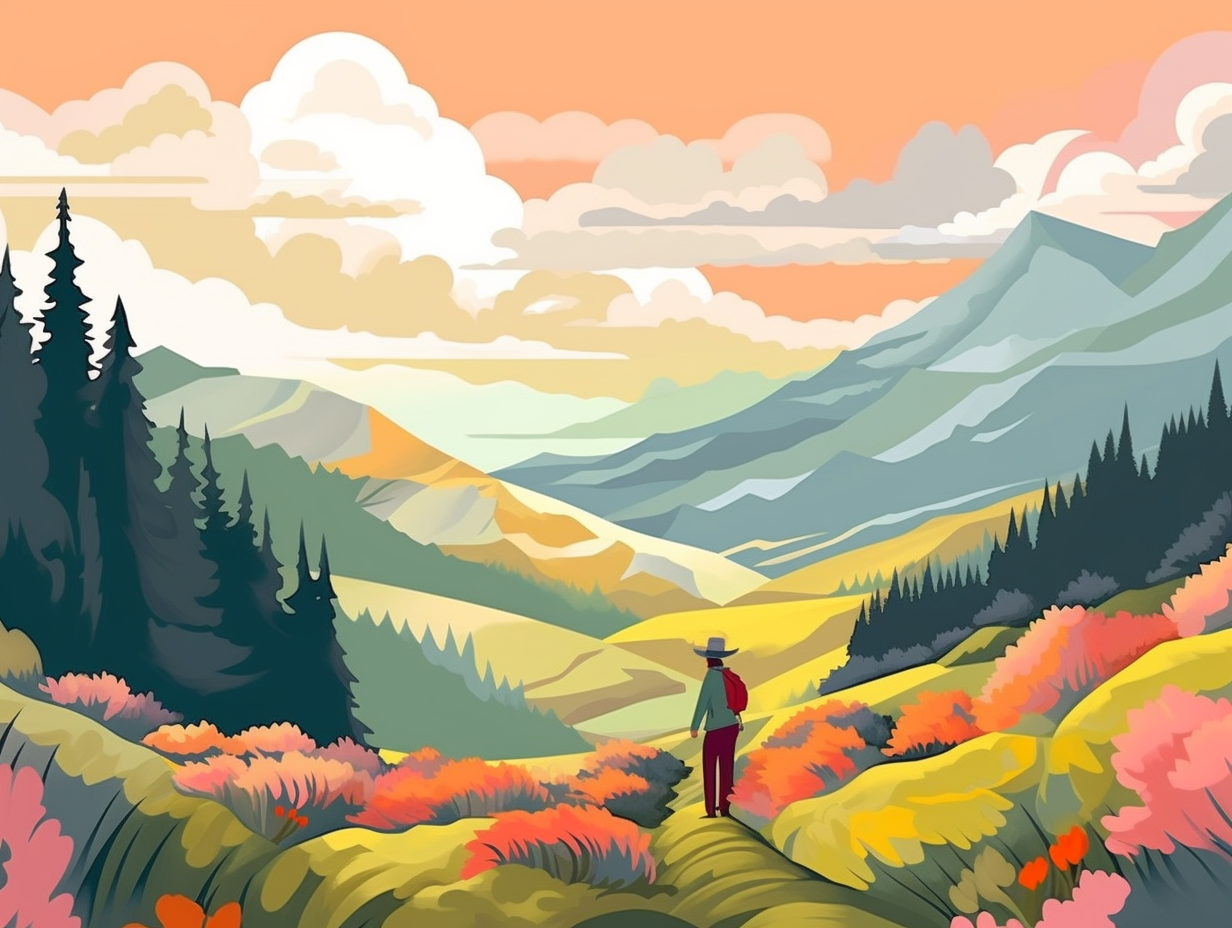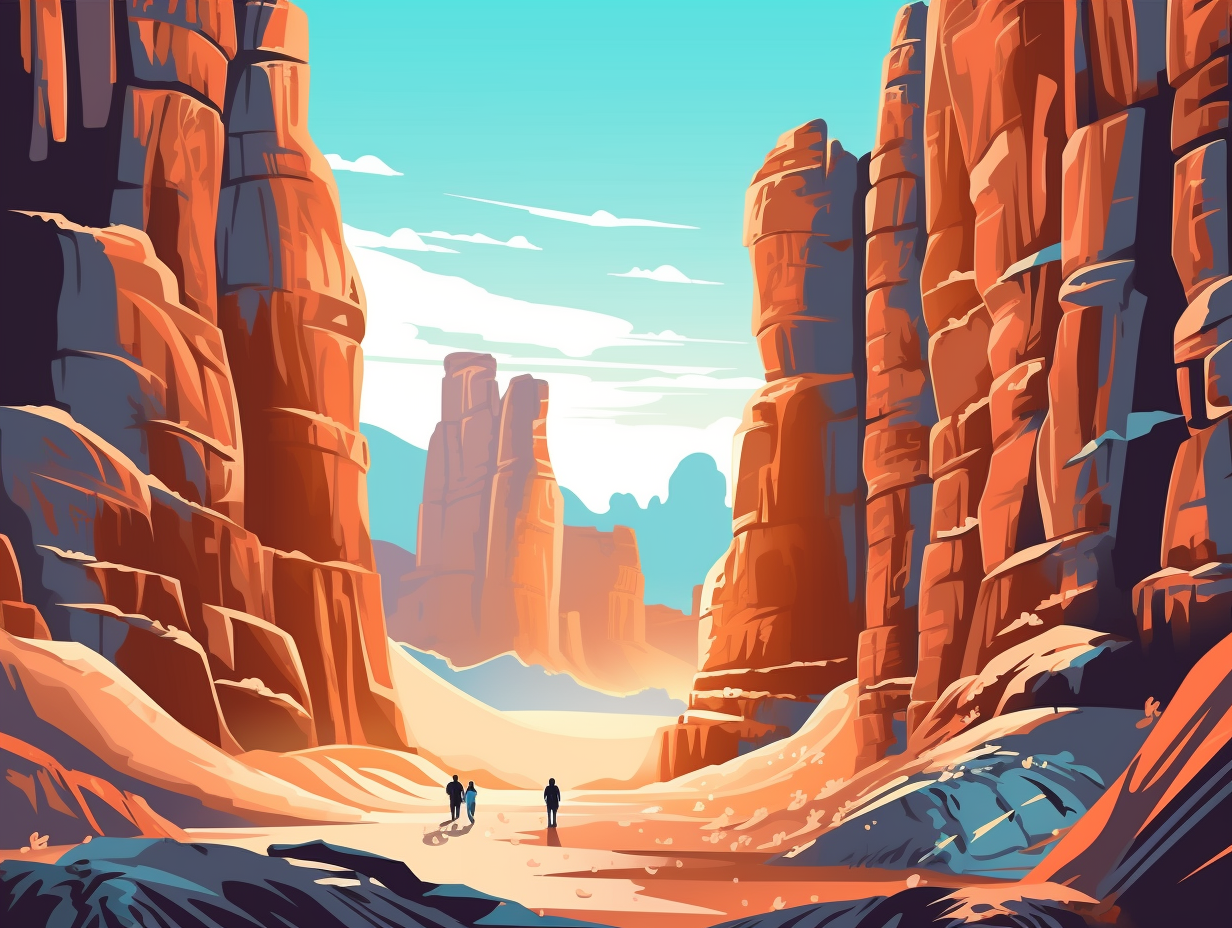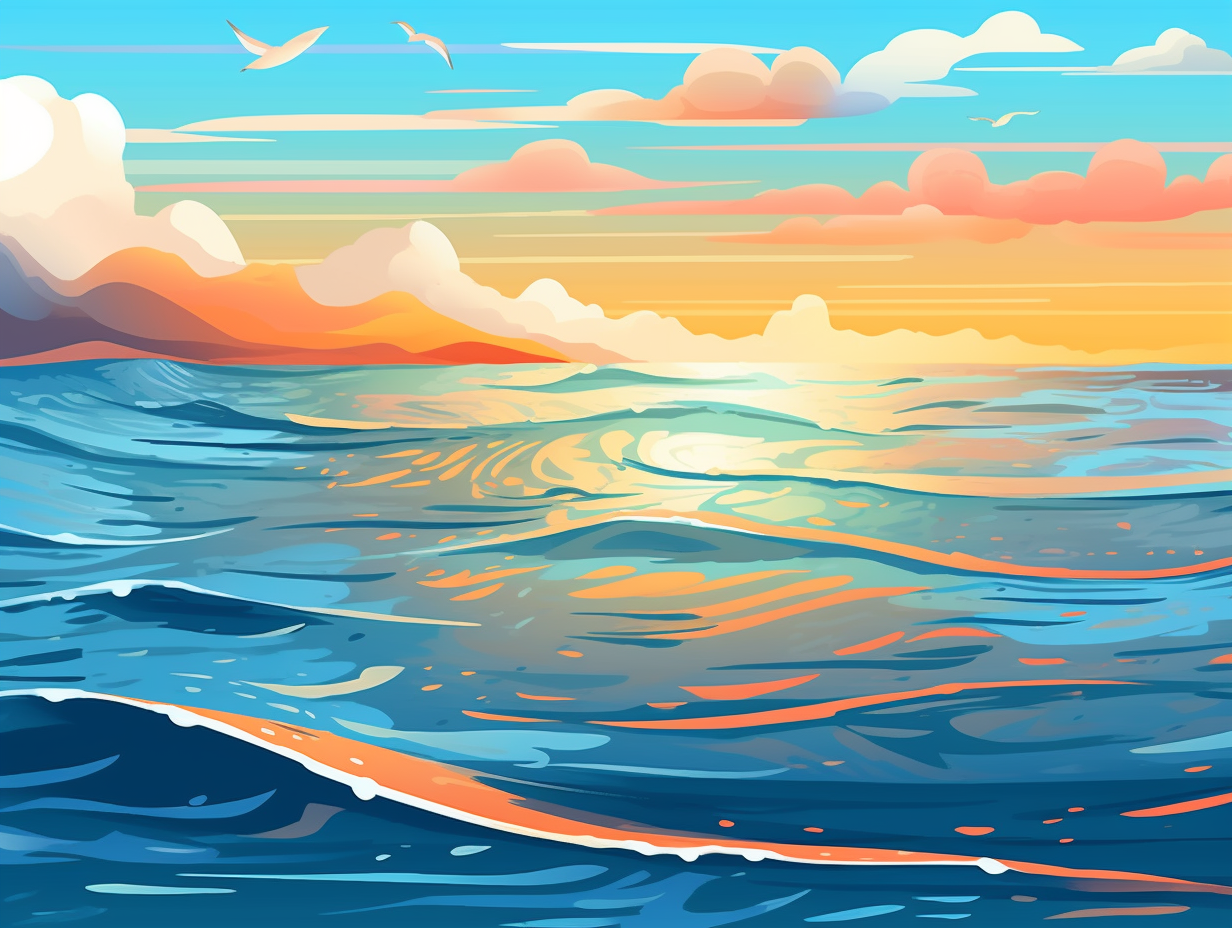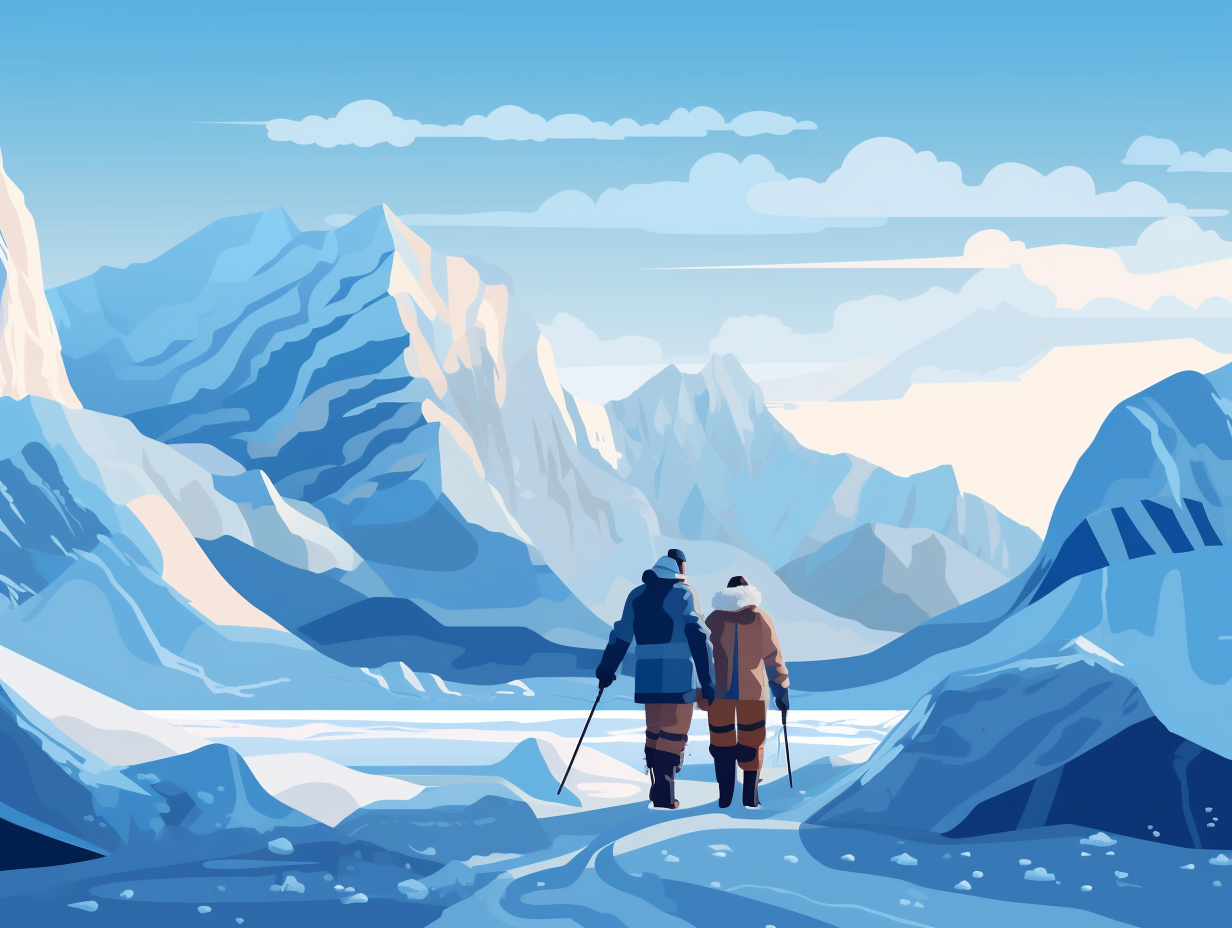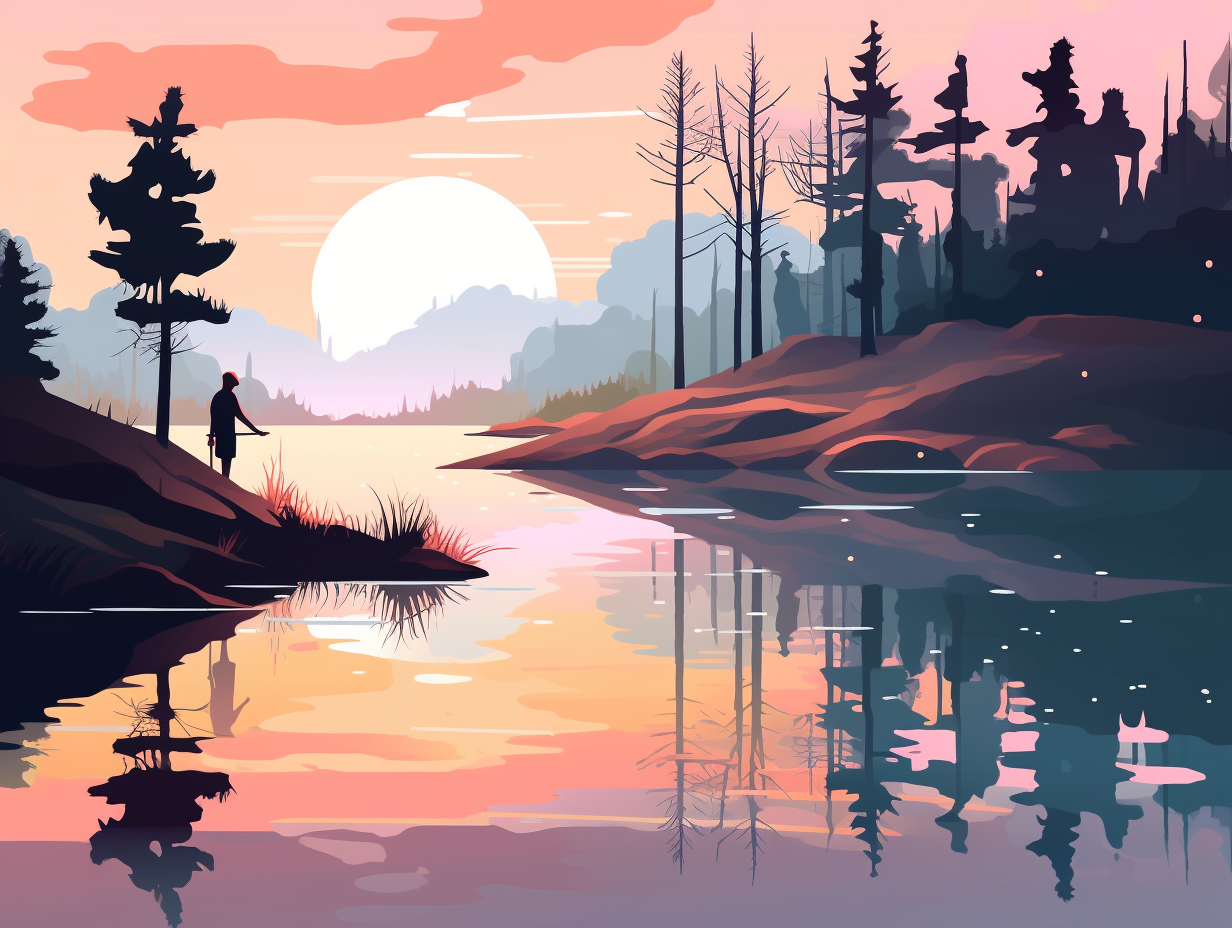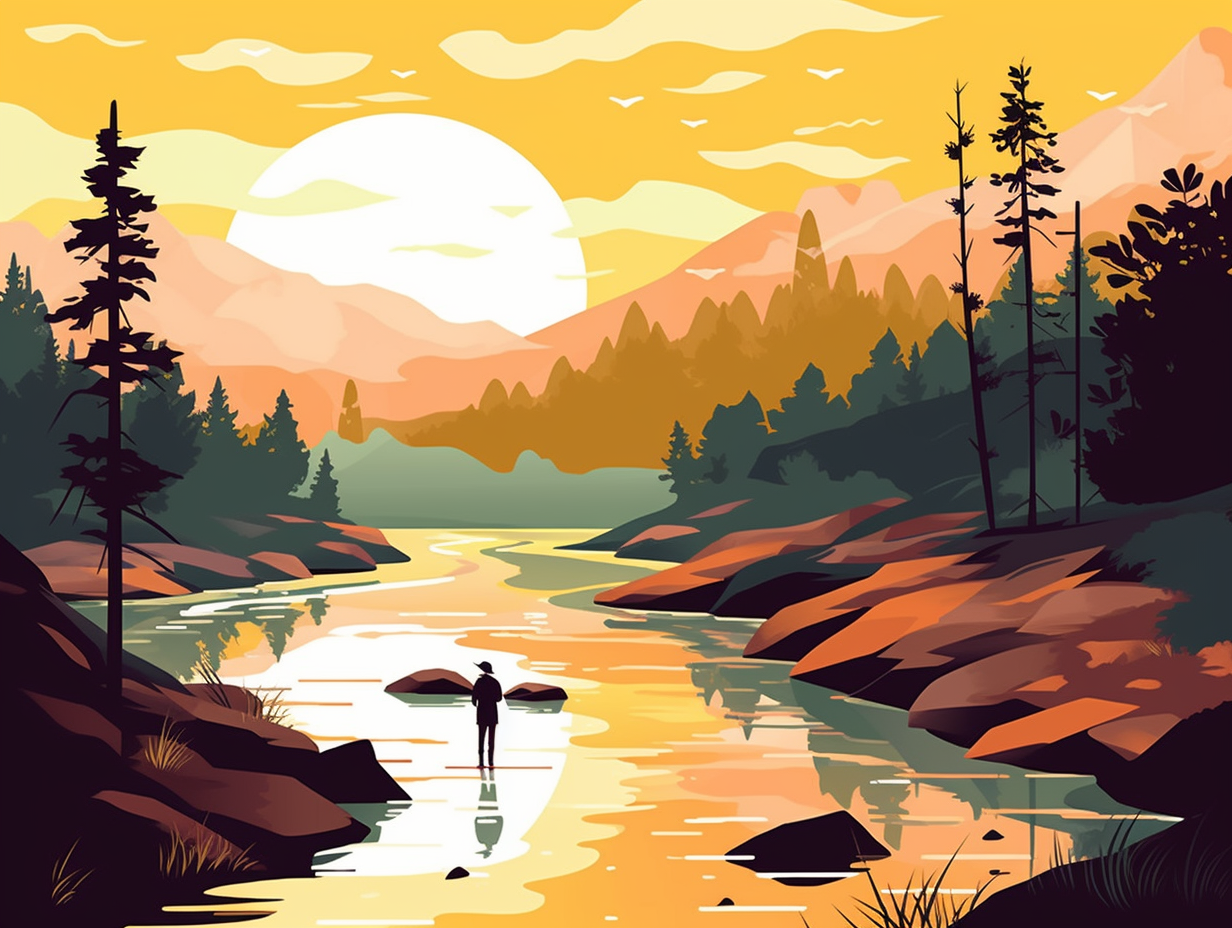Discover the Ural Mountains: Top 7 Fun Facts You Never Knew!
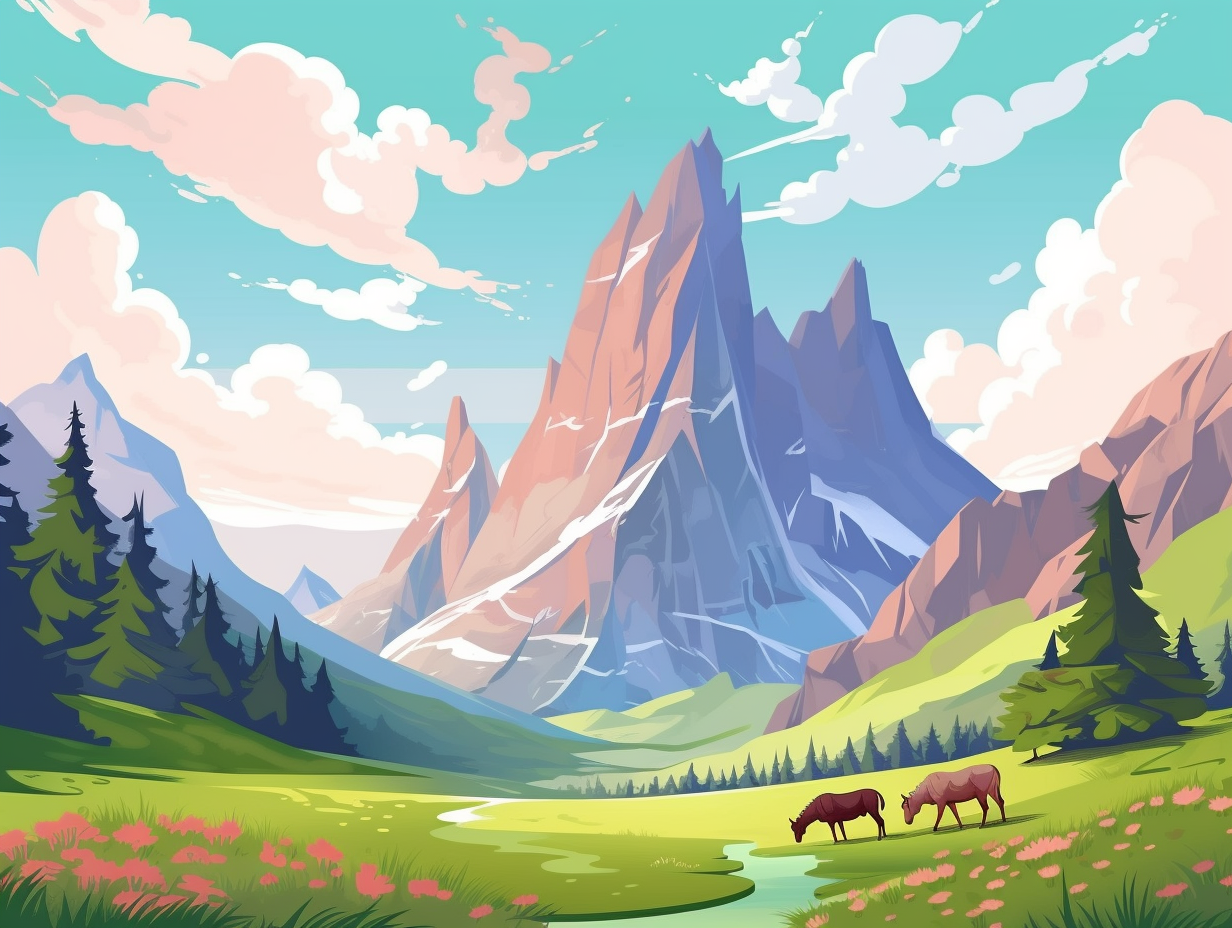
1. Noah's Ark of Fauna
They say variety is the spice of life, and the Ural Mountains must have been taking notes: these exceptional highlands serve as a Noah's Ark of fauna-filled surprises! Hilarious prelude: Boasting a cast of characters that rivals the Jungle Book, you'll find everything from elk and brown bear to sable and the stunning kidus strutting about amidst forests that switch costumes from conifers to downy birches depending on their latitude. All in all, a true wildlife paradise waits among these peaks.
Source => mountainiq.com
2. Platinum Hotspot
When the mountains play a platinum-selling record: The Ural Mountains were the world's premier platinum hotspot in the early 1900s, producing about 95% of the global supply, thanks to extensive deposits found in association with igneous rocks within several large ultramafic-mafic complexes spanning over 900 kilometers.
Source => gia.edu
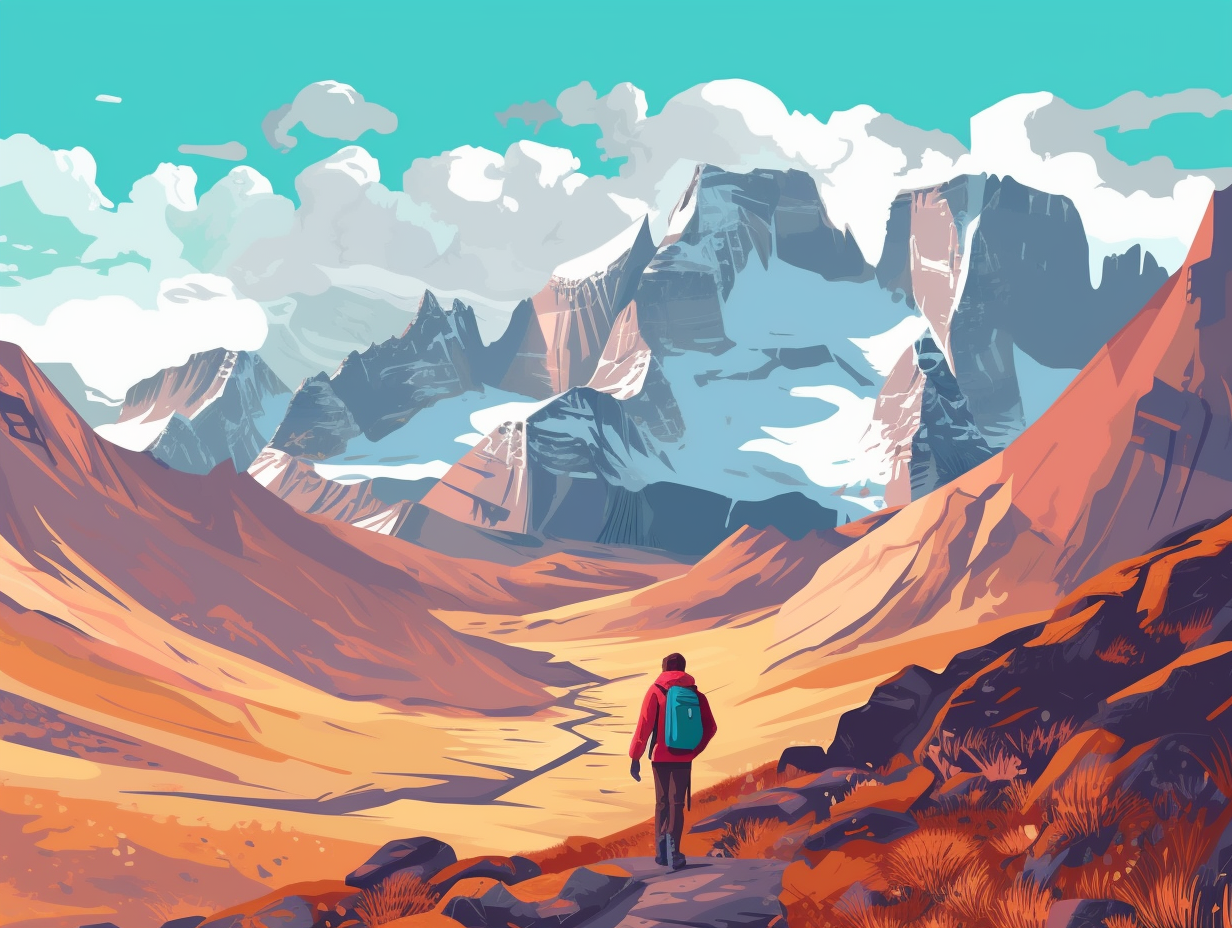
Did you know that llamas and alpacas were once wild camelids in the Andes Mountains before becoming our favorite fluffy mascots? Discover their fascinating history and unravel the remaining mysteries through genetic testing and osteometry analysis! 🦙🏔️
=> Fun Facts about The-Andes-Mountains
3. Treasure Trove of Minerals
Who needs a treasure map when you've got the Ural Mountains? These geological goldmines are a pirate's dream come true: As one of Russia's largest centers of metallurgy and heavy industry since the 18th century, the Urals are a jackpot of metal ores, coal, and precious and semi-precious stones.
Source => en.wikipedia.org
4. Cold Mountains, Heart of Gold
If the 18th century Ural Mountains had a dating profile, it'd say, "I may be cold and rugged, but I've got a heart of gold": Gold was discovered in the Ural Mountains in the 18th century, but it was only in the 19th century when substantial gold deposits were found, sparking rapid development despite the harsh climate. Miners flocked to strike it rich, birthing thriving mining communities and lucrative government and private mining operations. Today, the Ural Mountains still shine as an essential center for gold production, maintaining their lustrous legacy.
Source => nevada-outback-gems.com
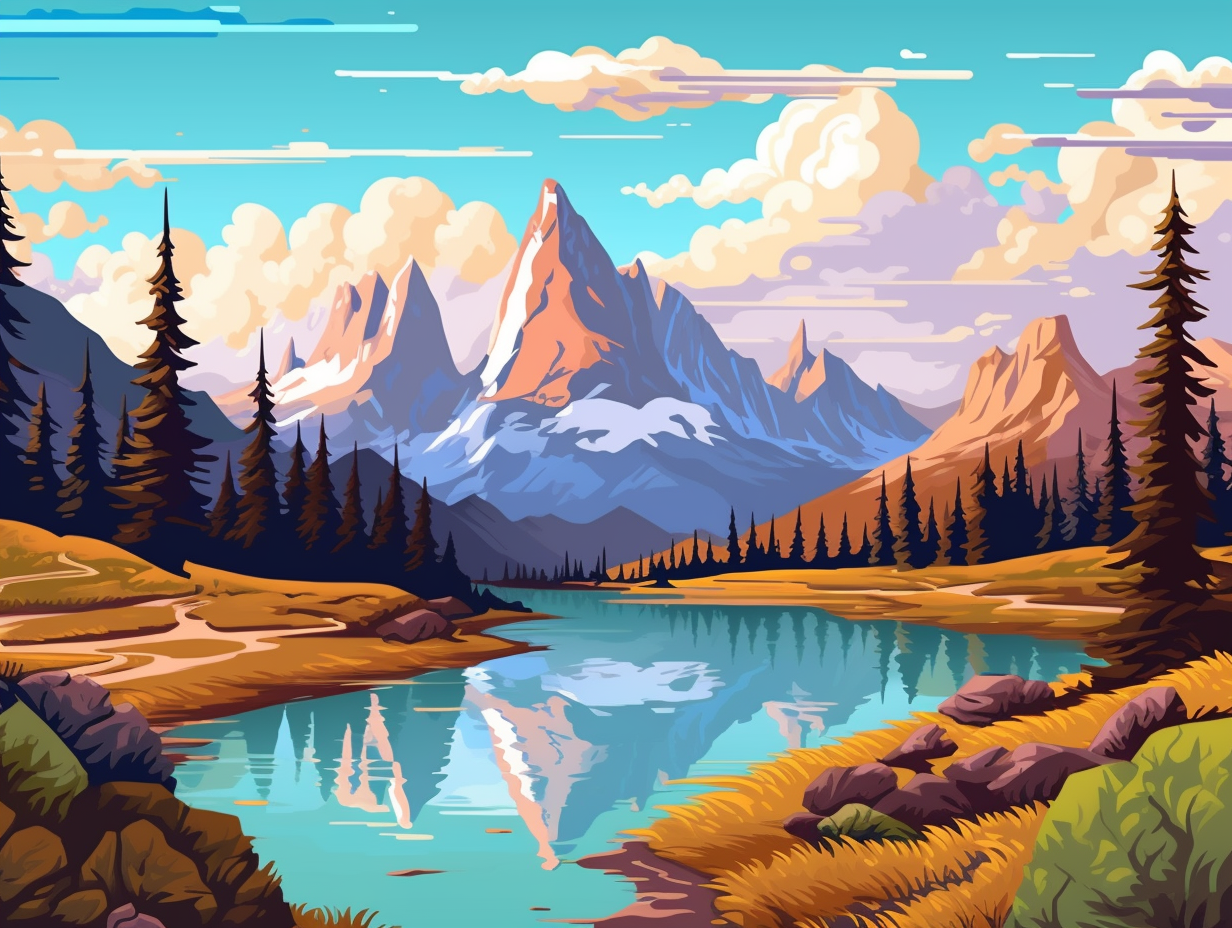
5. Euro-Asia Party Crashers
You might say the Ural Mountains are the “gold diggers” of Russia, with their high maintenance mineral desires and a penchant for acting as a bouncer at the wild Euro-Asia club scene: The Urals extend 2,500 km from the Arctic Ocean to the Ural River, marking the boundary between Europe and Asia and boasting substantial deposits of iron, gold, and platinum. These ancient geological party crashers contain a wealth of flora and fauna, as well as a unique collection of historic and cultural narratives.
Source => en.wikipedia.org
6. Sturgeon Paradise in Peril
Move aside, caviar dreams and champagne wishes: the Ural Mountains are a true sturgeon paradise! While their luxurious eggs might have people feeling fancy, these majestic fish like to keep it real, swimming and spawning in the flowing rivers of this mountain range: home to a variety of sturgeon species, like the starry sturgeon and Russian sturgeon, the Urals play a key part in the fishing industry of the Caspian Sea. Unfortunately, due to excessive fishing and other factors, the populations of these underwater stars (including the Ural population of Russian sturgeon) have been facing a tough act in recent years.
Source => feow.org
7. Fountain of Youth: Lake Aushkul
Looking for that elusive Fountain of Youth? Say goodbye to age-defying serums and head to the Ural Mountains instead! This mountainous stroll takes you on a magical jasper-pebble-studded path, surrounded by legends and tales, to a lake that scoffs at the idea of a beach day: Lake Aushkul in the southern Ural region is known for its healing properties, as each spring, it receives water from the Aulia spring for 2-3 weeks, which is believed to strengthen the immune system and slow aging, attracting thousands of visitors for centuries.
Source => rbth.com
Related Fun Facts


